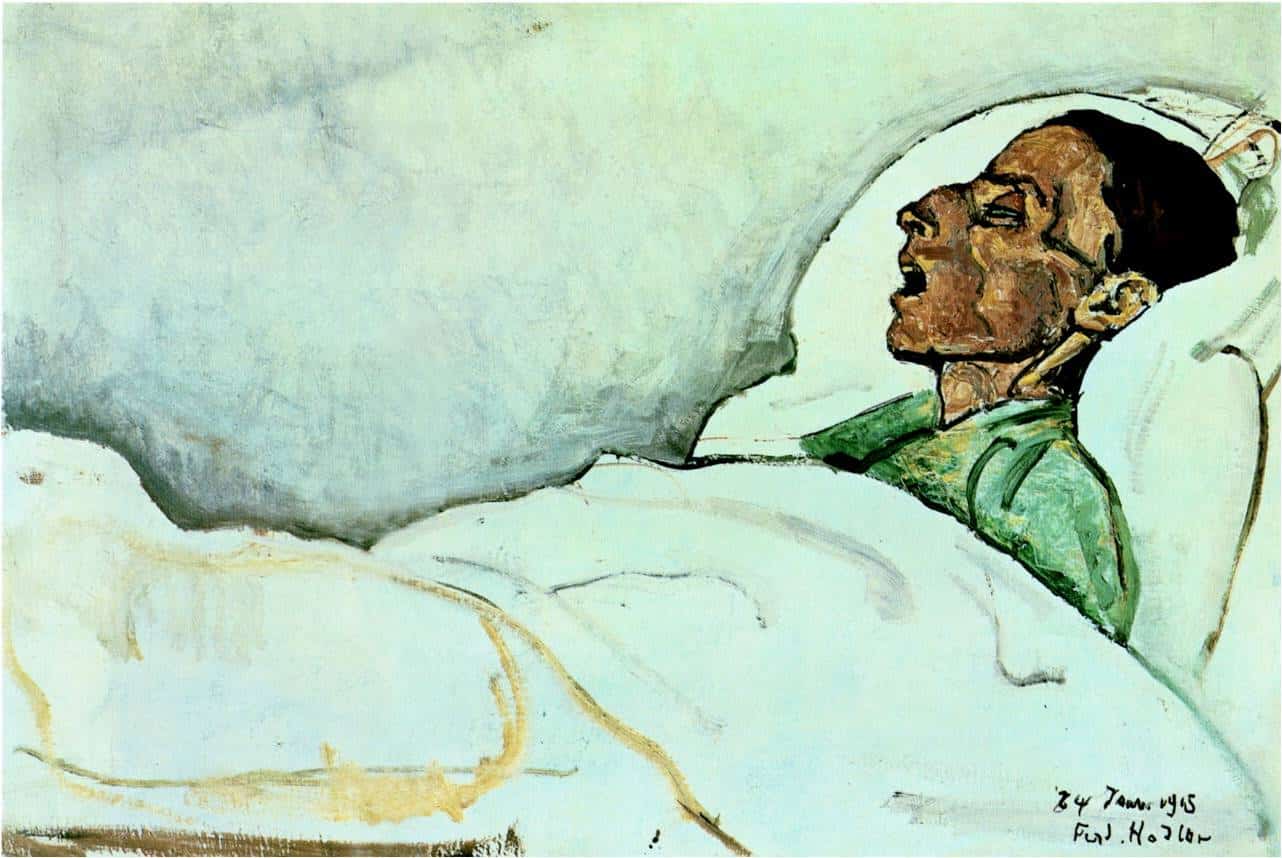The ‘death rattle’ refers to noisy breathing resulting from the accumulation of saliva and bronchial secretions in the throat and upper airways. This occurs because the dying person may lose the ability to swallow, leading to a buildup of fluids.

This phenomenon is often described as a crackling, wet noise accompanying each breath. Some liken it to faint groaning or snoring, while others compare it to a louder gurgling sound. Despite its alarming nature, it’s important to understand that the individual is typically not experiencing pain or discomfort during this process.
Research indicates that the average lifespan after the onset of the death rattle is approximately 23 hours. However, this duration can vary depending on individual circumstances and care settings.
While the ‘death rattle’ is a natural part of dying, there are measures to reduce its intensity for the comfort of those nearby:
- Reposition the person onto their side to facilitate drainage of secretions.
- Elevate the head slightly to promote better airflow.
- Gently moisten the mouth with damp swabs to maintain hydration.
- Limit fluid intake to prevent excessive secretions.
- Administer prescribed medications aimed at reducing secretions.
It’s important to note that while these interventions can help lessen the noise, they may not eliminate it entirely. Healthcare professionals can offer guidance and support to help families cope during this time.
Although the ‘death rattle’ can be distressing to hear, it is a common and natural part of the dying process. Understanding this phenomenon can provide comfort and clarity, allowing loved ones to focus on offering support as their family member or friend transitions peacefully.
